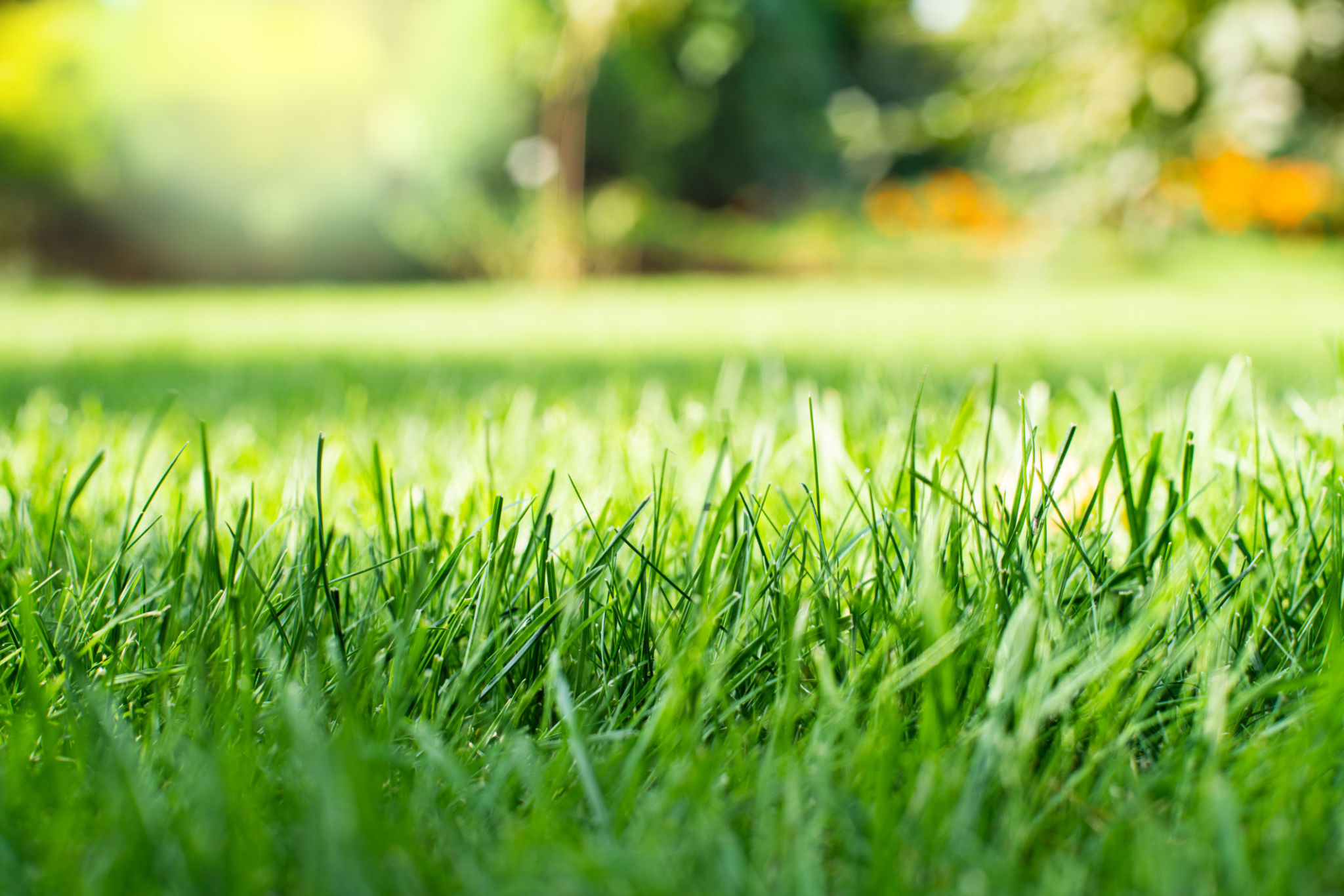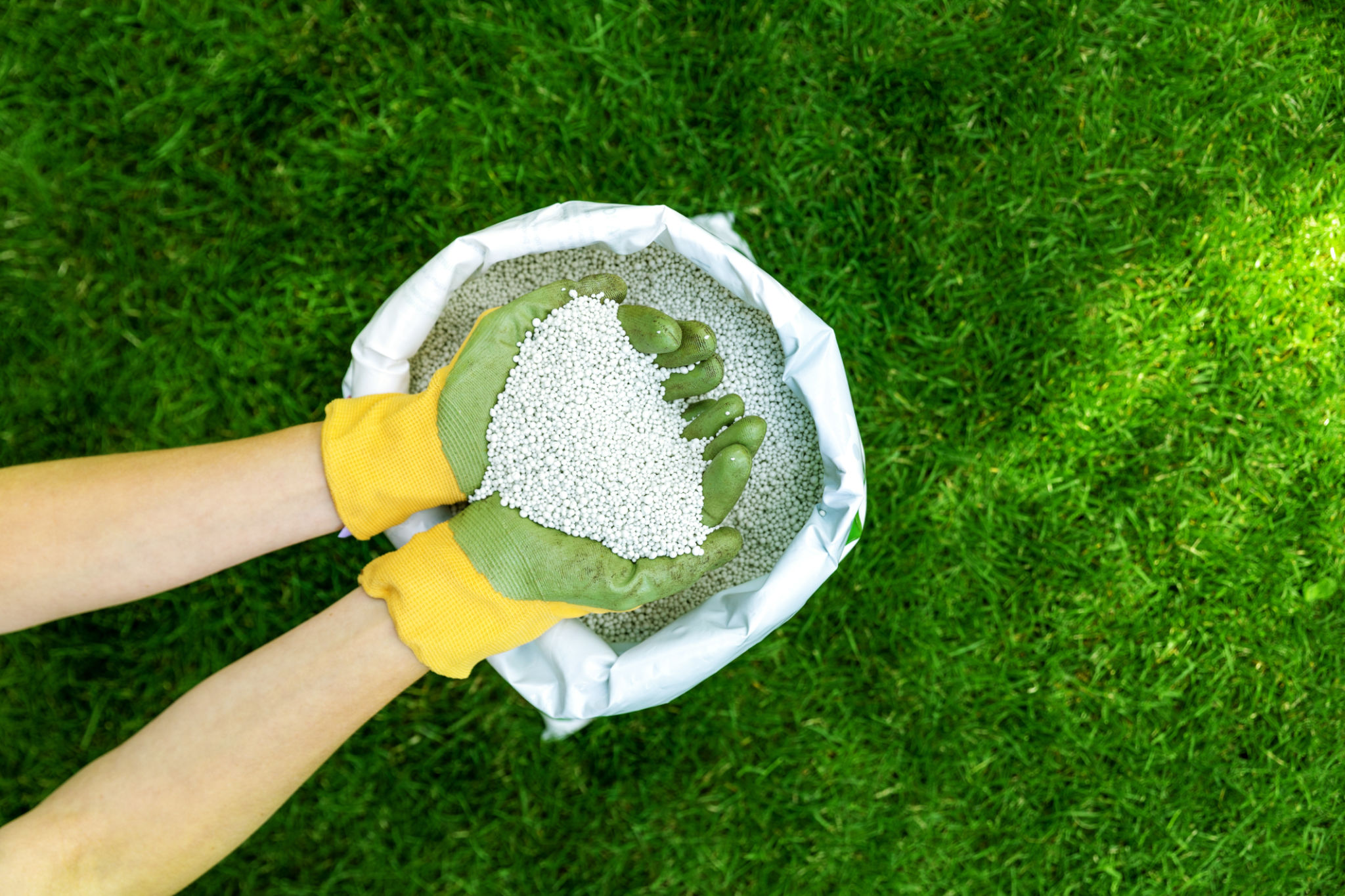Common Lawn Care Misconceptions: Expert Insights from RockyTop
Understanding Common Lawn Care Misconceptions
Lawn care is often seen as a straightforward task, but many homeowners fall prey to common misconceptions that can hinder their efforts. At RockyTop, we've spent years refining our approach to lawn care, and we're here to dispel some of the most prevalent myths. By doing so, we hope to help you achieve the lush, green lawn you've always wanted.

Myth 1: Watering Daily is Necessary
One of the most common misconceptions is the belief that lawns need daily watering. In reality, watering your lawn every day can lead to shallow root systems and increased vulnerability to drought. Instead, it's advisable to water deeply but less frequently. This encourages roots to grow deeper into the soil, making your lawn more resilient.
The best practice is to water your lawn 2-3 times a week, providing about an inch of water each time. Early morning is the ideal time to water, as this minimizes evaporation and allows the grass to dry before nightfall, reducing the risk of disease.
Myth 2: Cutting Grass Short is Better
Another misconception is that mowing your grass shorter means you'll have to mow less often. While this might seem efficient, cutting your grass too short can stress the lawn and make it more susceptible to weeds and pests. Known as "scalping," this practice can damage the grass blades and expose the soil to direct sunlight, leading to moisture loss.

It's best to follow the one-third rule: never remove more than one-third of the grass blade length at a time. This helps maintain a healthy lawn and encourages strong growth.
Myth 3: Fertilizing in Spring is Enough
Many homeowners believe that fertilizing in spring is sufficient for a healthy lawn throughout the year. However, lawns need nutrients at different times of the year to thrive. A comprehensive fertilization schedule should include applications in early spring, late spring, summer, and fall.
- Early Spring: Helps green up the lawn after winter dormancy.
- Late Spring: Prepares the lawn for the stresses of summer.
- Summer: Aids in maintaining vigor during peak growth.
- Fall: Strengthens root systems for winter survival.

Myth 4: All Weeds are Harmful
While weeds are generally undesirable, not all weeds are harmful to your lawn. Some can even indicate what your soil might be lacking. For example, clover is often found in nitrogen-deficient soils. By understanding which weeds are present, you can adjust your lawn care practices accordingly.
However, it's crucial to control aggressive weeds that compete with your grass for nutrients and water. Implementing a regular weeding routine and using appropriate herbicides can help keep these invaders at bay.
Conclusion
A beautiful lawn doesn't have to be elusive. By avoiding these common misconceptions and adopting best practices, you can ensure a healthy, vibrant landscape year-round. At RockyTop, we're committed to providing expert insights and quality services to help you achieve the lawn of your dreams.